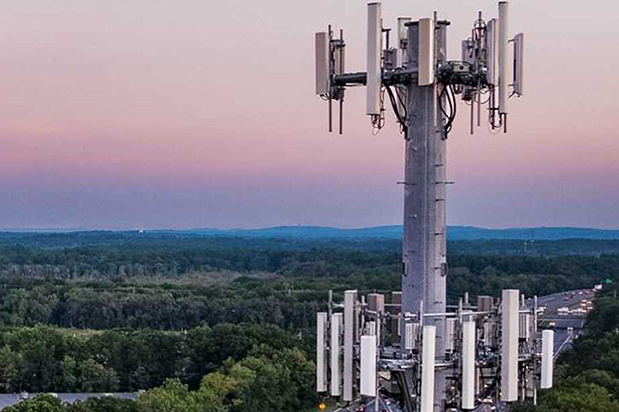5G Transforming Connectivity
5G Unleashed: Transforming Connectivity and Robotics
 Since the finalization of the 5G standard in June 2018, major U.S. carriers have engaged in a race to establish expansive, reliable 5G networks. The promises of 5G include significantly faster speeds, instantaneous communication, and the capacity to connect everything. Throughout 2020, the rollout of 5G networks and compatible devices has become more widespread, with the Federal Communications Commission (FCC) advocating for accelerated deployment, especially in response to increased reliance on high-speed connectivity due to the COVID-19 pandemic.
Since the finalization of the 5G standard in June 2018, major U.S. carriers have engaged in a race to establish expansive, reliable 5G networks. The promises of 5G include significantly faster speeds, instantaneous communication, and the capacity to connect everything. Throughout 2020, the rollout of 5G networks and compatible devices has become more widespread, with the Federal Communications Commission (FCC) advocating for accelerated deployment, especially in response to increased reliance on high-speed connectivity due to the COVID-19 pandemic.
Verizon, a trailblazer as the first U.S. carrier to unveil its 5G network in 2019, faced early scrutiny over its 5G strategy. The carrier opted for millimeter-wave technology, developed before the 5G standardization, which offers exceptionally high speeds but is limited in range. Millimeter wave, or high-band spectrum, is particularly effective in densely populated urban environments.
Verizon's 5G service is currently active in parts of 35 U.S. cities, showcasing its commitment to expanding coverage. However, in a Spring 2020 report by RootMetrics assessing median 5G download speeds in Manhattan, Verizon lagged behind its competitors — AT&T, Sprint, and T-Mobile. Despite Verizon's longstanding reputation for reliability and speed, this report indicated a potential gap in its 5G performance, prompting further examination of the carrier's spectrum selection and deployment strategies. As the 5G landscape evolves, the choice of spectrum technology plays a crucial role in balancing speed, coverage, and reliability.
The advent of 5G, however, is not without challenges, with political dimensions influencing the landscape. The U.S. has taken steps to exclude Huawei, a Chinese telecom giant, from its 5G networks, citing security concerns. This stance has resonated globally, impacting Huawei's involvement in 5G projects in various countries.
Amidst this backdrop, Qualcomm Technologies has introduced the Robotics RB5 platform in June, aiming to expedite the development of power-efficient, high-computing robots and drones. Leveraging Qualcomm's expertise in 5G and artificial intelligence (AI), this platform supports Bluetooth, 4G, and 5G connectivity speeds, laying the groundwork for the integration of 5G in robotics across diverse applications, including enterprise, industrial, consumer, and defense sectors. As the race for 5G supremacy continues, Qualcomm's Robotics RB5 platform stands as a testament to the transformative potential of 5G in shaping the future of connectivity and intelligent systems.